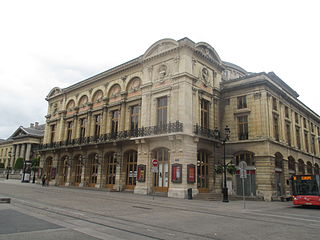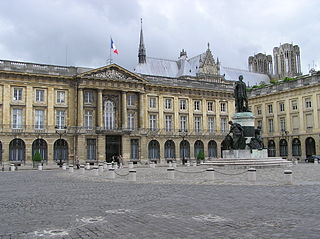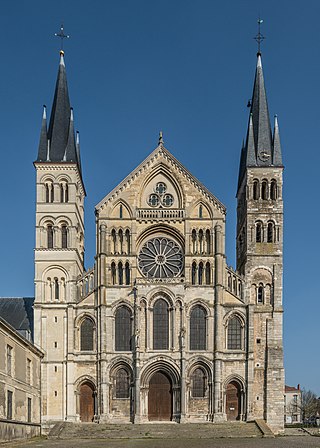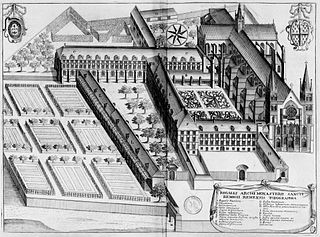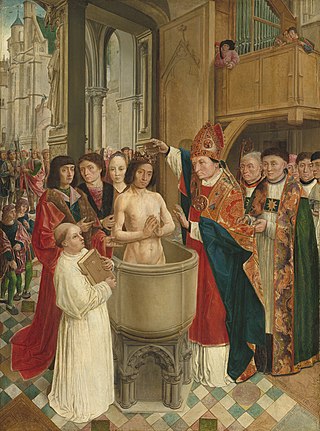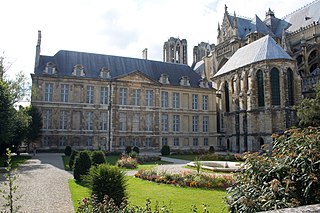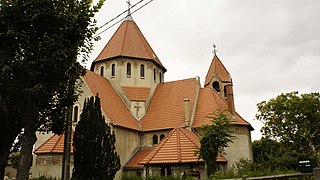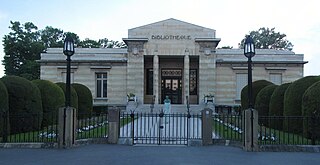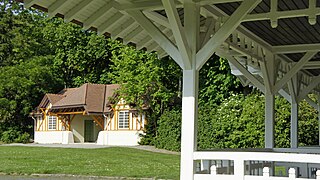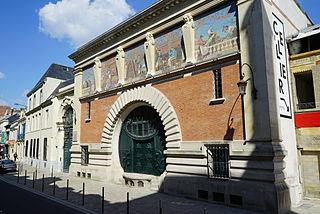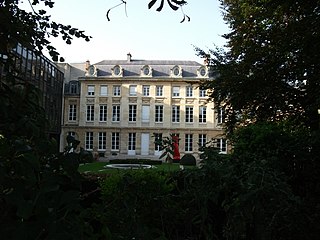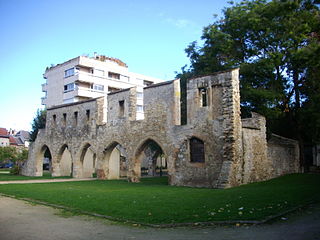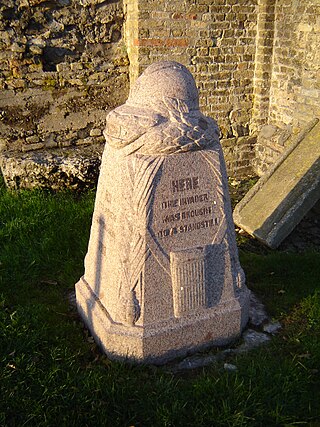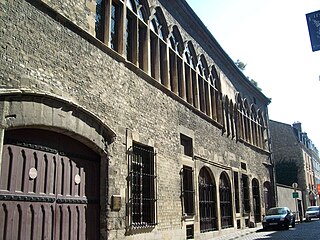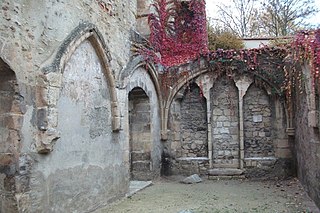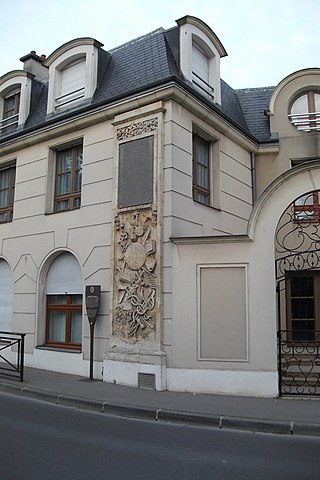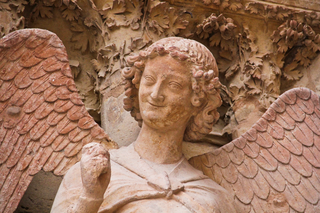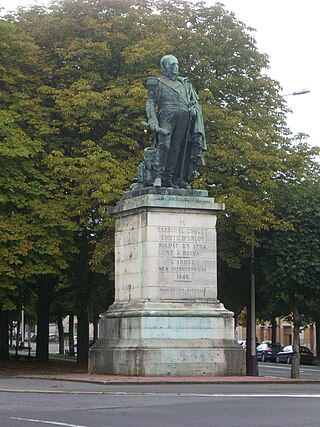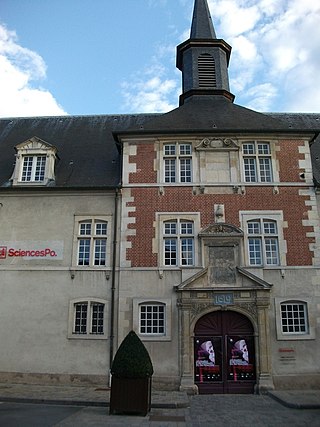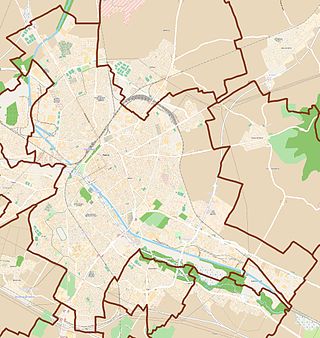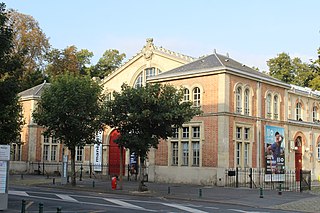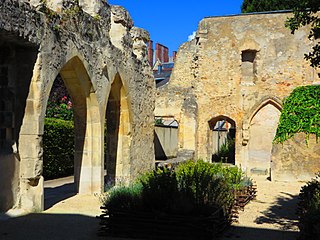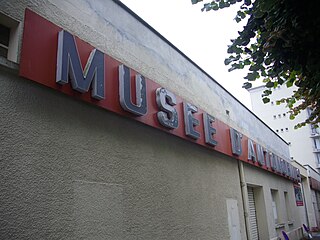24 Sights in Reims, France (with Map and Images)
Legend
Premium Sights
Book tickets, guided tours and activities in Reims.
Guided Free Walking Tours
Book free guided walking tours in Reims.
Welcome to your journey through the most beautiful sights in Reims, France! Whether you want to discover the city's historical treasures or experience its modern highlights, you'll find everything your heart desires here. Be inspired by our selection and plan your unforgettable adventure in Reims. Dive into the diversity of this fascinating city and discover everything it has to offer.
Sightseeing Tours in ReimsActivities in Reims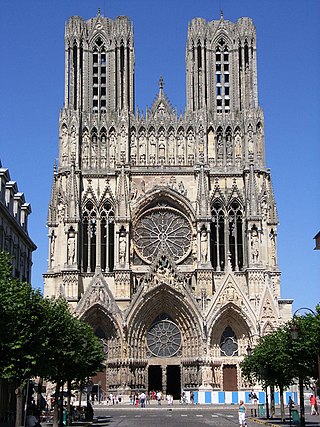
Notre-Dame de Reims, known in English as Reims Cathedral, is a Roman Catholic cathedral in the French city of the same name, the archiepiscopal see of the Archdiocese of Reims. The cathedral was dedicated to the Virgin Mary and was the traditional location for the coronation of the kings of France. Reims Cathedral is considered to be one of the most important pieces of Gothic architecture. The cathedral, a major tourist destination, receives about one million visitors annually. It became a UNESCO World Heritage Site in 1991.
The Reims Opera House, historically known as the Grand Théâtre, was built in 1873 over designs by Alphonse Gosset, in Reims, France. Its architecture was "explicitly inspired by the Paris opera house, then still under construction", especially the terraced roof. "It is notable for its opulent symbolic ornamentation on the theme of music and the lyric arts." The building was burnt down during World War I and rebuilt in 1931–1932 with an interior by François Maille and Louis Sollier. The auditorium's ceiling surrounding the chandelier was painted by René Rousseau-Decelle. The chandelier, 7.5 metres (25 ft) wide, was realized by Edgar Brandt.
The Place Royale is a square in Reims, France. A bronze statue of King Louis XV stands in its center, commissioned by the city from the sculptor Jean-Baptiste Pigalle and inaugurated on 26 August 1765, depicting "the sovereign in Roman garb, with laurels on his head and one hand extended 'to take the people under his protection.'"
The Basilica of Saint-Remi is a medieval abbey church in Reims, France. It was founded in the 11th century "over the chapel of St. Christophe where St. Remi was buried." It is "the largest Romanesque church in northern France, though with later additions." The church has been a monument historique since 1840, and a UNESCO World Heritage Site since 1991 as a part of Cathedral of Notre-Dame, former Abbey of Saint-Remi and Palace of Tau.
5. Ancienne Abbaye Saint-Remi
The Abbey of Saint-Remi in Reims is a former Benedictine abbey in Reims, now the Saint-Remi Museum in Reims. Around 760, Tilpin, Archbishop of Reims, founded the Abbey of Saint-Remi and installed a Benedictine religious community there that remained there until the French Revolution. The abbey underwent remarkable economic and spiritual development in the Middle Ages, and an equally important revival in the seventeenth and eighteenth centuries. For the Anointing of Kings, which was performed in the cathedral of Reims, the ampoule containing the chrism, or holy oil, was brought from the abbey of Saint-Remi. The abbey of Saint-Remi exercised its domination over the parishes under its ban and over two collegiate churches, including that of Saint-Timothée.
6. Statue Baptème de Clovis
The baptism of Clovis is the sacrament symbolizing the conversion of the Frankish king Clovis I to the Christian religion. The ceremony that is said to have been celebrated by Bishop Remi on Christmas Eve, December 24 or 25 in the baptistery of the church which was located on the site of the cathedral of Reims according to an almost unanimous tradition, took place on an uncertain date that is debated by historians. Historiography, based on Gregory of Tours' History of the Franks, has long set this date at Christmas 496, after the Battle of Tolbiac, but it would be more likely to be in 498 or 499 according to the majority of historians, even if some lean towards a later conversion, in 505 or even 508.
7. Palais du Tau
The Palace of Tau in Reims, France, was the palace of the Archbishop of Reims. It is associated with the kings of France, whose coronation was held in the nearby cathedral of Notre-Dame de Reims and the following coronation banquet in the palace itself. Because of its historical importance for the French monarchy, the Palace of Tau was inscribed on the UNESCO World Heritage List in 1991. Today, it serves to host cultural events for the city of Reims. In recent years it has been the setting for Sciences Po Paris's RIMUN association's annual gala.
8. Église Saint-Nicaise
In Reims, the church of Saint-Nicaise is a parish church built in a garden city in Romano-Byzantine style in the 1920s. It is the work of the architect Jean-Marcel Auburtin, and decorated by the notable artists of the time: Maurice Denis, Roger de Villiers, Gustave Jaulmes, Emma Thiollier, Jean Berque, René Lalique, Jacques Simon, Ernest Laurent. It is classified as a "historic monument".
9. Bibliothèque Carnegie
The Carnegie Library of Reims is a public library built with money donated by businessman and philanthropist Andrew Carnegie to the city of Reims after World War I. Reims was one of three "front-line" cities to be given a Carnegie library, the other two being Leuven and Belgrade. Built in the 1920s, it combined the mission of heritage conservation and of reading public library. Until 2003, the Carnegie Library was the main library of Reims.
10. Parc de Champagne
The Parc de Champagne is a landscaped area in the French commune of Reims. It was created by the Marquis de Polignac for the well-being of his staff working in the cellars but also to leave his mark on Reims. It is located on Avenue du Général-Giraud.
11. Ancien Cellier d'expédition Mum
The Mumm expedition cellar, known as Le Cellier, is a former champagne production site, currently a cultural place in Reims. It is located at 4 bis, rue de Mars, adjacent to the east façade of the town hall.
12. Hôtel Ponsardin
The Hôtel Ponsardin, Nicolas Ponsardin's private mansion built in 1780, currently owned by the Bordeaux group Chatelet, the contemporary annex to the Châteaulet, is located at 30 rue Cérès in Reims.
13. Ruines du couvent des Cordeliers
The Convent of the Cordeliers of Reims is a former Franciscan convent in the French commune of Reims, dating from the Middle Ages. Since the end of the First World War, these remains have been a square at the corner of Rue Voltaire, Rue des Trois-Raisinets and Rue de l'Isle and opposite the Voltaire School.
14. Borne Vauthier Demarcation Stone
Western Front demarcation stones, also known as Bornes du Front and Bornes Vauthier, are monuments erected in France and Belgium to mark the limit of the German advance during the First World War. The stones were the idea of sculptor Paul Moreau-Vauthier, a veteran of the war, and were erected between 1921 and 1930. The total number of stones erected is unclear but it is thought that there were 118 official stones, of which 93 survive. The stones identify the army that held that sector in 1918 and are engraved with the text "Here the invader was brought to a standstill 1918" in English, Dutch, and French.
15. Maison des comtes de Champagne
The Hôtel des Comtes de Champagne or Demeure des Comtes de Champagne, located in Reims, built in the thirteenth century, in Gothic style, is located at 22 rue de Tambour in Reims. It is considered to be one of the oldest in Reims. Its two facades, overlooking the courtyard and the street, are listed. It now belongs to the Taittinger Champagne House.
16. Vestiges du Couvent des Jacobins
The Convent of the Jacobins of Reims is a former convent of Dominicans, then called Jacobins, in the French city of Reims, dating from the Middle Ages. Since 1984, these remains have been integrated into a square, Square des Jacobins, which passes between Rue Hincmar and Rue des Jacobins.
17. Porte Bazée
The Porte Bazée is a Roman monument in Reims, from the third century. It takes its name from the proximity of the Saint-Rémi basilica. The Porte de Bazée was classified as a historical monument in 1981.
18. Ange du Sourire
The Smiling Angel, also known as the Smile of Reims or Angel of the Annunciation, is a stone sculpture at the cathedral of Reims. Sculptors that were pioneers of the Gothic style came from workshops in Chartres, Paris and Amiens to work on the Reims Cathedral. The most striking aspect of the cathedral is its façade, particularly its Annunciation sculpture, which includes the "Smiling Angel”. The Angel was carved between 1236 and 1245. This figure is located on the right side of the north portal of the west facade.
19. Statue du Maréchal Drouet Comte d'Erlon
The statue of Marshal Drouet Erlon is a commemorative monument representing Marshal Drouet d'Erlon. The bronze statue, cast by Eck ET DURAND, was made on a model sculpted by Louis Rochet and its pedestal was designed according to the plans of Narcisse Brunette
20. Ancien Collège des Jésuites
The former Jesuit College of Reims is a 16th-century building located in Reims in the Marne, a French department in the Champagne area of the Grand Est region. Founded in 1608 by Jesuits, the college was closed in 1762 when the Jesuits were banished from France. The buildings were used for other educational projects during the 19th century. Since 1976 they have belonged to the City of Reims, which has used it to provide a space for various regional and international organisations. Its library and refectory are recognised monuments of Baroque art.
21. Monument 213 RI
The Monument to the Dead of the 132nd - 332nd Infantry Regiment and 46th Territorial in Reims is located in Reims in the Marne department and the Champagne-Ardenne region. It was designed by the architect Émile Fanjat with the collaboration of the Reims sculptor Paul Lefebvre.
Wikipedia: Monument aux morts des 132e - 332e RI et 46eTerritorial à Reims (FR)
22. Cirque de Reims
The Reims Manège and Circus were built in 1865 and 1867 respectively over designs by architect Narcisse Brunette, in Reims, France. The circus was one of many circuses built in France following "the model that Hittorff perfected in Paris."
23. Square des Jacobins
The Square des Jacobins is a public garden in the commune of Reims, in the Marne department, in the former Champagne-Ardenne region located in the Grand Est region. It was built in the spirit of an archaeological garden to highlight the ruins of the Jacobin Convent.
24. Musée Automobile Reims Champagne
The Musée Automobile Reims-Champagne is a museum located in Reims, in the Grand Est region. The museum occupies the former premises of the company Menuiserie Métal moderne (MMM), at 84, avenue Georges-Clemenceau.
Share
How likely are you to recommend us?
Disclaimer Please be aware of your surroundings and do not enter private property. We are not liable for any damages that occur during the tours.
